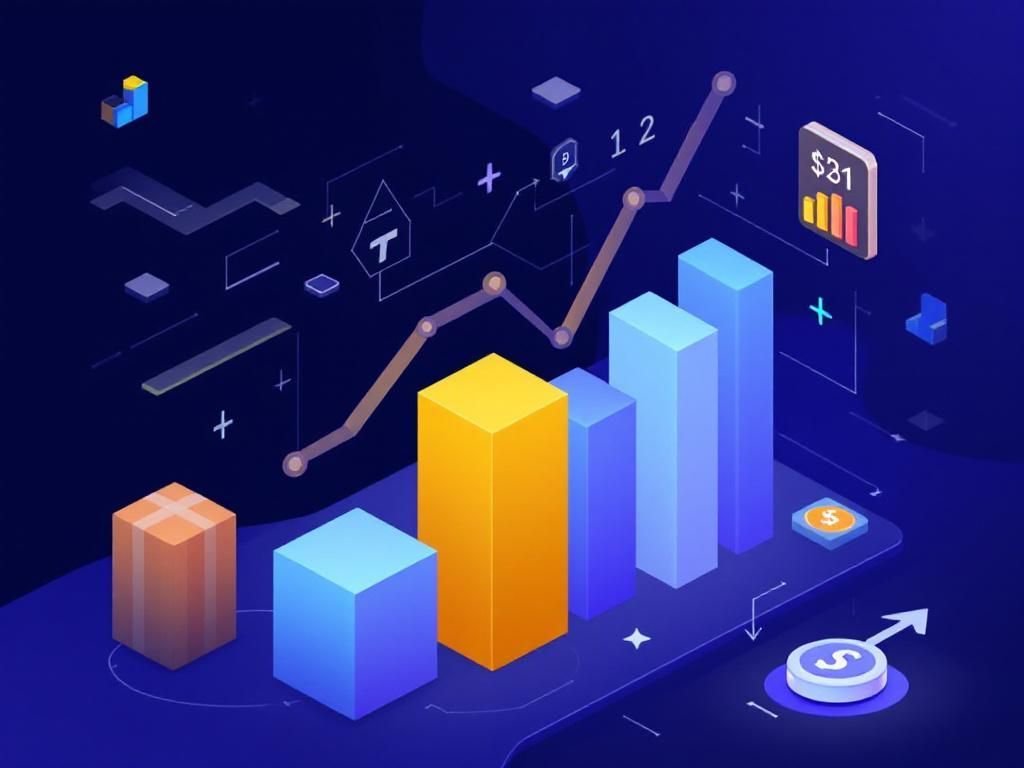In today’s fast-paced digital economy, businesses are constantly seeking ways to optimize their operations and maximize profits. One area that has seen significant advancements is pricing strategies, thanks in large part to the rise of artificial intelligence (AI). AI-driven pricing strategies can analyze massive datasets, predict consumer behavior, and adjust prices dynamically in real time. This article will explore the methodologies, benefits, and best practices for implementing AI-driven pricing strategies in your business.
Understanding AI-Driven Pricing
AI-driven pricing utilizes algorithms and machine learning to analyze various factors that influence pricing decisions. These factors can include:
- Market demand
- Competitor pricing
- Consumer behavior and preferences
- Seasonality and trends
- Inventory levels
By leveraging these data points, businesses can set optimal prices that not only maximize profits but also enhance customer satisfaction and loyalty.
How AI Algorithms Work in Pricing
1. Data Collection
The first step in any AI-driven pricing strategy is data collection. This includes gathering historical sales data, market trends, competitor prices, and customer demographics. The quality and quantity of data collected will significantly influence the effectiveness of the AI algorithms.
2. Machine Learning Models
Once the data is collected, machine learning models are developed to identify patterns and predict future pricing strategies. These models can learn from past pricing changes and the resulting impact on sales, refining their recommendations over time.
3. Dynamic Pricing
AI algorithms can enable dynamic pricing, where prices fluctuate based on real-time data inputs. For instance, if demand for a product spikes, the AI can increase the price accordingly. Conversely, if inventory levels are high, prices can be lowered to incentivize sales.
Benefits of AI-Driven Pricing Strategies
Implementing AI-driven pricing strategies can yield several benefits, including:
- Increased Profit Margins: Optimizing prices based on data can significantly improve profit margins by ensuring that products are not underpriced or overpriced.
- Enhanced Competitiveness: Real-time pricing adjustments allow businesses to stay competitive in rapidly changing market conditions.
- Improved Customer Experience: By providing fair and appealing prices, businesses can enhance customer satisfaction and loyalty.
- Efficient Resource Allocation: AI can identify which products should be prioritized, leading to better inventory management and resource allocation.
Case Studies
Several companies have successfully implemented AI-driven pricing strategies, achieving impressive results:
| Company | Strategy | Results |
|---|---|---|
| Amazon | Dynamic pricing based on competitor analysis | Increased sales volume by 20% |
| Uber | Surge pricing during peak hours | Boosted revenue by 15% during busy times |
| Walmart | Price optimization algorithms | Improved overall profit margins by 10% |
Implementing AI-Driven Pricing in Your Business
To successfully integrate AI-driven pricing strategies in your business, consider the following steps:
1. Define Your Objectives
Clearly outline what you hope to achieve with AI-driven pricing. This could include maximizing revenue, increasing market share, or improving customer satisfaction.
2. Invest in Technology
Select a robust AI platform that can handle the necessary data analysis and provide actionable insights. Look for software with capabilities such as:
- Real-time data processing
- Easy integration with existing systems
- User-friendly interface
3. Data Quality Assurance
Ensure that the data being fed into the AI system is accurate and comprehensive. Regular audits and updates can help maintain data integrity.
4. Monitor and Adjust
Regularly monitor the performance of your pricing strategies. Utilize A/B testing to assess the effectiveness of different pricing models and make adjustments as needed.
Challenges to Consider
While there are numerous advantages to AI-driven pricing, several challenges must be addressed:
- Data Privacy Concerns: As data collection increases, so do concerns regarding consumer privacy. Ensure compliance with data protection regulations.
- Algorithmic Bias: Machine learning models can inadvertently develop biases based on historical data. It is crucial to regularly evaluate algorithms for fairness.
- Implementation Costs: Initial costs can be high, but the long-term benefits typically outweigh these expenses.
The Future of AI-Driven Pricing
As technology continues to evolve, AI-driven pricing strategies are expected to become even more sophisticated. Future developments may include:
- Predictive Analytics: Enhanced capabilities in forecasting demand and consumer behavior.
- Personalized Pricing: Offering tailored prices to individual customers based on their buying history and preferences.
- Integration with Other Technologies: Combining AI-driven pricing with other systems, such as inventory management and customer relationship management (CRM).
Conclusion
AI-driven pricing strategies present an opportunity for businesses to optimize their pricing models, increase profits, and enhance customer satisfaction. While there are challenges to overcome, the benefits far outweigh the risks. By understanding how to implement these strategies effectively, businesses can position themselves for sustainable growth in an increasingly competitive market.
FAQ
What are AI-driven pricing strategies?
AI-driven pricing strategies utilize artificial intelligence algorithms to analyze market data, consumer behavior, and competitor pricing to optimize pricing in real-time, maximizing profits.
How can AI enhance my pricing strategy?
AI can enhance your pricing strategy by providing data-driven insights, predicting market trends, and automating price adjustments based on demand fluctuations, ultimately leading to increased revenue.
What industries can benefit from AI pricing strategies?
Industries such as retail, e-commerce, travel, and hospitality can greatly benefit from AI pricing strategies as they often deal with dynamic pricing and require quick adjustments to stay competitive.
Is implementing AI-driven pricing strategies expensive?
The cost of implementing AI-driven pricing strategies can vary, but many businesses find that the long-term ROI and increased profits outweigh the initial investment in technology and training.
What tools are available for AI-driven pricing?
There are several tools available for AI-driven pricing, including software solutions like dynamic pricing platforms, machine learning algorithms, and analytics tools that specialize in price optimization.
How can I measure the success of my AI pricing strategy?
You can measure the success of your AI pricing strategy by tracking key performance metrics such as revenue growth, profit margins, customer acquisition rates, and overall market share.



